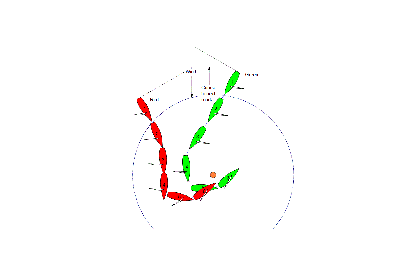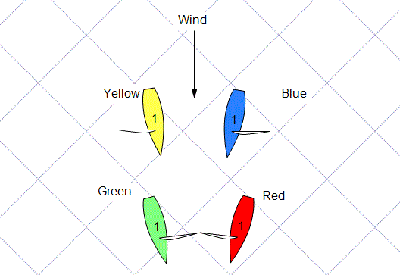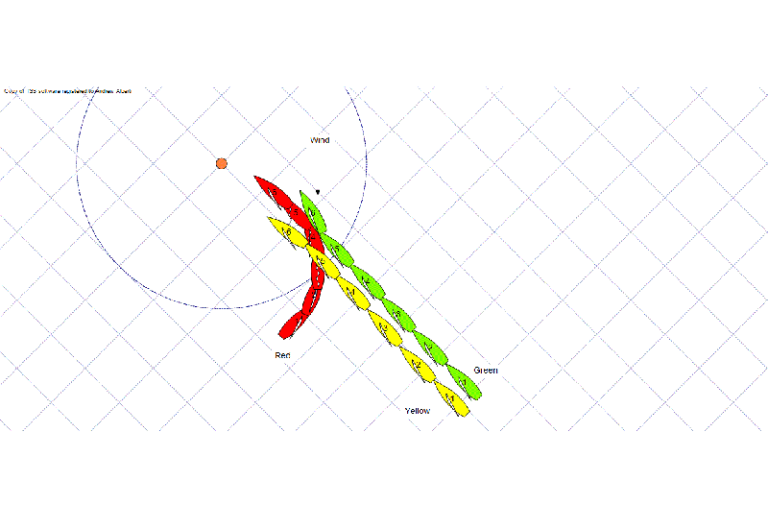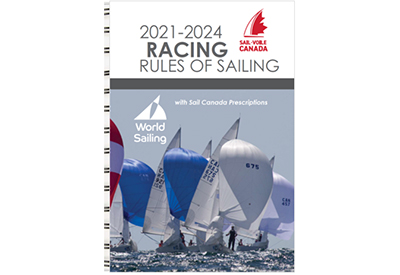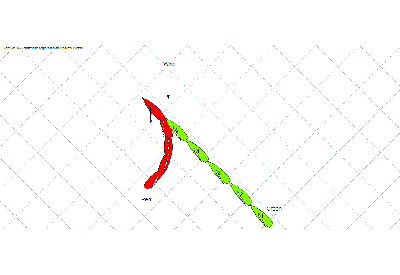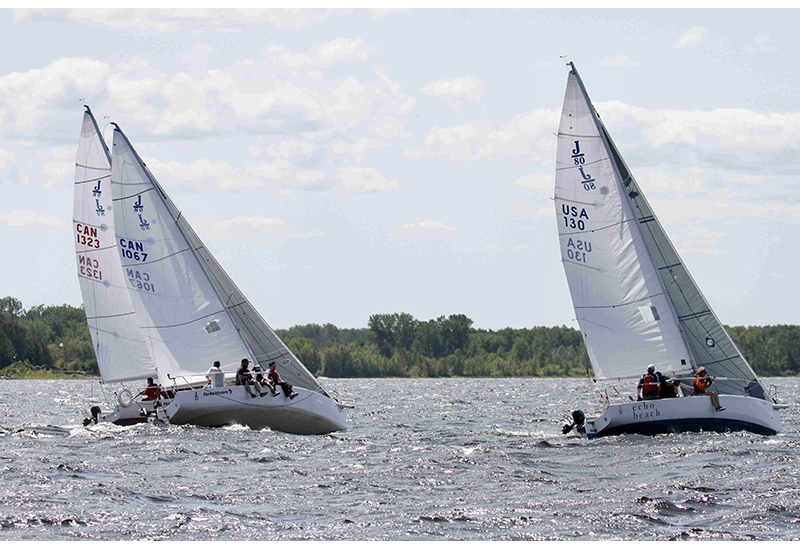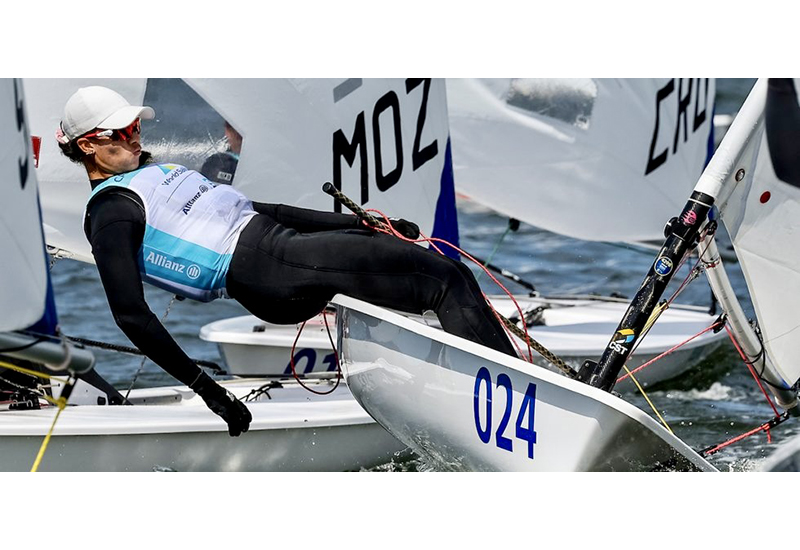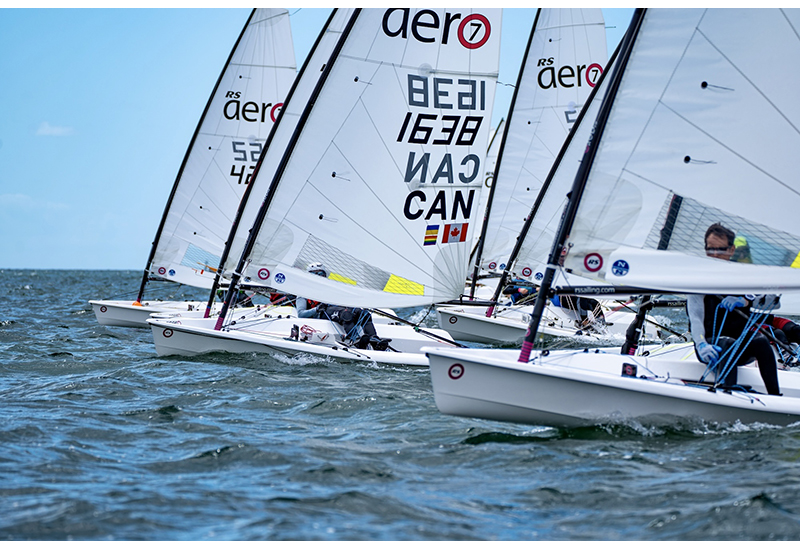The Rules Guy: Hails That Are Not Required
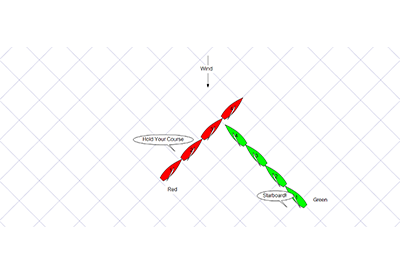
January 18, 2023
By Andrew Alberti
You can read Andrew Alberti’s first article in this series Required Hails HERE.
During my summer judging, I have heard some strange things about the hails people expect to hear. Last issue I discussed the three hails, “room to tack”, “you tack” and “protest” that are required in the Racing Rules of Sailing. This issue I will continue with other hails that are not required.
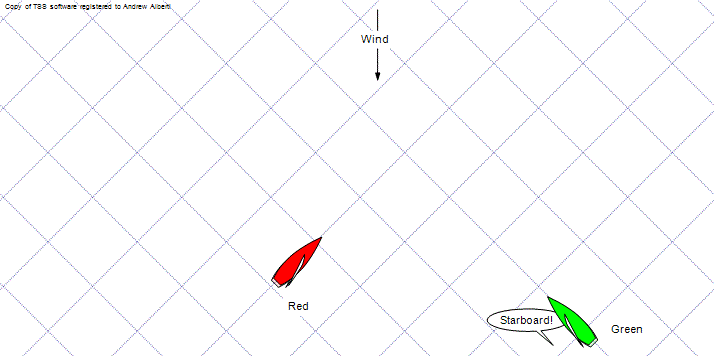
In the first diagram, we see a very common situation. Green is on starboard tack sailing close-hauled. Red is on port tack also sailing close-hauled. The skipper of Green, hails “Starboard”. This means several things. Green is saying “Do you see me?” “I am on starboard tack and you are on port tack”, “I have right-of-way”, and “I think we might hit”. All of this is conveyed in this one hail. This hail is not mentioned in the Racing Rules of Sailing, and it is not required.
Red is required by rule 10 to keep clear of Green whether any hails are made or not. Both boats are required to keep a lookout and avoid a collision. If there was a collision, Green could be found to have broken rule 14 if she did nothing to avoid it. Green’s hail may be one way she is avoiding a collision. Red would be at fault for breaking rule 10 and 14, whether or not Green hailed.
Red responds with “Hold Your Course”. This means “I see you”, “I know you have right-of-way”, “you don’t have to bear off to miss me, we won’t hit”, and “please don’t head up to make it harder for me to keep clear”. This hail is certainly not in the rule book. It is certainly not required. But it is a smart way for Red, who may have a better view of whether there will be a collision, to assure Green that there won’t be one.
If Green has a reasonable apprehension of a collision, then she could bear off and protest Red. By hailing, Red is reducing this concern. The hail is not binding on Green. Green might decide to tack. Green might not believe Red and bear off anyway. Green might get a lift and might head up. If she does head up, Green just has to make sure that she complies with rule 16.1, by giving Red room to keep clear.
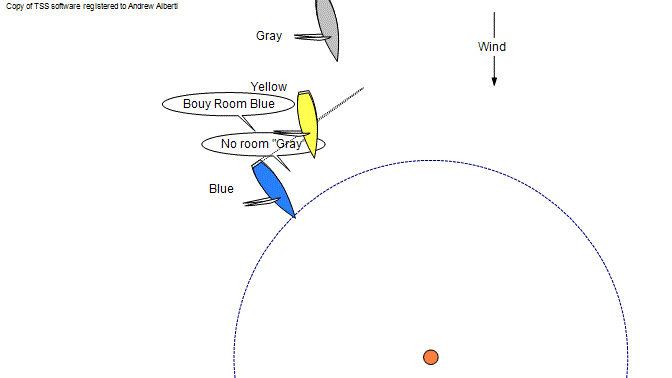
In the second diagram, Blue, Yellow and Gray are approaching a leeward mark. When Blue gets to the zone, a three hull length circle around the mark, Blue and Yellow are overlapped. According to RRS 18.2(b), Blue will have to give Yellow mark-room. To confirm this, Yellow hails “Bouy Room”. This is not a required hail, it is just a simple way for Yellow to assert her rights. “Mark-Room” would probably be better, to match the term used in the current rules but “Bouy Room” is still heard.
When Yellow gets to the zone, she sees that Gray does not have an overlap, so she says “No Room”. Again this is not a required hail, but it does say, “we have arrived at the zone” “you don’t have an overlap” “you are not entitled to mark-room” and “I am not going to give it to you”. Actually, according to 18.2(b) Gray has to give Yellow mark-room since Yellow is clear ahead when she reaches the zone. For Yellow to actually call “Mark-room” would probably confuse things.
The four hails that I have discussed this issue are not in the rulebook. They are certainly not required and making them does not change the rights that any of the boats might have. They are commonly understood and they are a useful shorthand to communicate on the water.
Misleading hails
The last category of hails is misleading or incorrect hails. If you hear a hail of “port”, as if port-tack boats had right of way, or “mast abeam” as if the rule that disappered in 1997 still existed, then you are hearing misleading hails. They could be done in jest or they could be an example of poor sportsmanship.
When a former Olympic sailor called “mast abeam” to me on a Tuesday night race, I knew that he was pulling my leg. Had an experienced sailor used a hail like that to intimidate a new sailor, that would have been poor sportsmanship and possibly a breach of RRS 2.
|
Hails A language other than English may be used for a hail required by the rules provided that it is reasonable for it to be understood by all boats affected. However, a hail in English is always acceptable. Mark-Room Room for a boat to leave a mark on the required side. Also, (a) room to sail to the mark when her proper course is to sail close to it, and (b) room to round or pass the mark as necessary to sail the course without touching the mark. However, mark-room for a boat does not include room to tack unless she is overlapped inside and to windward of the boat required to give mark-room and she would be fetching the mark after her tack. Zone The area around a mark within a distance of three hull lengths of the boat nearer to it. A boat is in the zone when any part of her hull is in the zone. 2 FAIR SAILING A boat and her owner shall compete in compliance with recognized principles of sportsmanship and fair play. A boat may be penalized under this rule only if it is clearly established that these principles have been violated. The penalty shall be a disqualification that is not excludable. 10 ON OPPOSITE TACKS When boats are on opposite tacks, a port-tack boat shall keep clear of a starboard-tack boat. 16 CHANGING COURSE 16.1 When a right-of-way boat changes course, she shall give the other boat room to keep clear. 18 MARK-ROOM 18.2 Giving Mark-Room (a) When boats are overlapped the outside boat shall give the inside boat mark-room, unless rule 18.2(b) applies. (b) If boats are overlapped when the first of them reaches the zone, the outside boat at that moment shall thereafter give the inside boat mark-room. If a boat is clear ahead when she reaches the zone, the boat clear astern at that moment shall thereafter give her mark-room. |
 Andrew Alberti is an International Judge and National Umpire. He is a member of the Sail Canada Rules and Appeals Committees. Send your questions to Andrew at kyrules@alberti.ca
Andrew Alberti is an International Judge and National Umpire. He is a member of the Sail Canada Rules and Appeals Committees. Send your questions to Andrew at kyrules@alberti.ca

